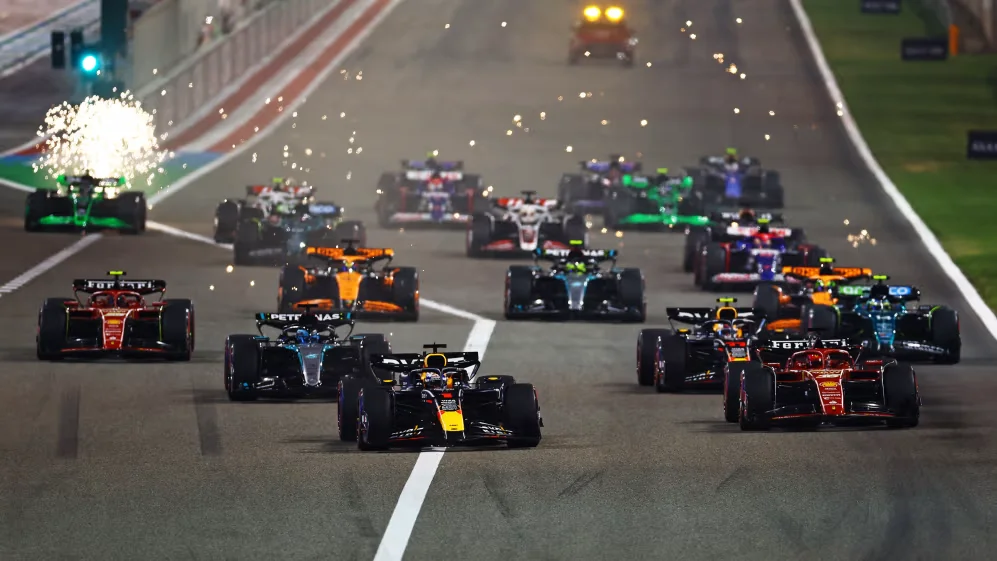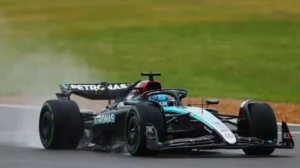Formula 1, often abbreviated as F1, is the pinnacle of motorsport racing. Known for its high-speed thrills, cutting-edge technology, and legendary drivers, F1 has captivated audiences around the world for decades. But how did it all start? Let’s dive into the rich history of Formula 1 and see how it has evolved from its humble beginnings to the global phenomenon it is today.
The Beginnings: 1950s
The first official Formula 1 World Championship race took place on May 13, 1950, at Silverstone, United Kingdom. This marked the beginning of a new era in motor racing. The championship was organized by the Fédération Internationale de l’Automobile (FIA), which established a set of rules and regulations to ensure fair competition.
In the early years, the races were dominated by European manufacturers such as Alfa Romeo, Ferrari, and Mercedes-Benz. The cars were relatively simple compared to today’s standards, with front-mounted engines and drum brakes. The races were grueling, often lasting several hours, testing both the durability of the cars and the skill of the drivers.
The 1960s: Technological Advancements
The 1960s saw significant technological advancements in Formula 1. One of the most notable changes was the shift from front-engined to mid-engined cars, which improved handling and performance. This era also saw the rise of legendary drivers like Jim Clark, Jackie Stewart, and Graham Hill.
The cars became faster and more sophisticated, with the introduction of aerodynamic designs and the use of composite materials. The focus on safety also began to take shape, with the installation of barriers and the requirement for drivers to wear helmets and fire-resistant suits.
The 1970s: Commercialization and Expansion
The 1970s marked a turning point for Formula 1 as it began to commercialize and expand globally. The sport attracted major sponsorship deals, bringing in significant financial investment. This allowed teams to invest in research and development, leading to more advanced cars and closer competition.
Bernie Ecclestone played a crucial role in transforming Formula 1 into a global spectacle. He negotiated television deals, increased media coverage, and introduced new races around the world. The sport’s popularity soared, with iconic races such as the Monaco Grand Prix and the Italian Grand Prix becoming staples on the F1 calendar.
The 1980s: The Turbo Era
The 1980s are often referred to as the “Turbo Era” in Formula 1. The introduction of turbocharged engines revolutionized the sport, producing unprecedented levels of power and speed. However, this also brought challenges, as the cars became more difficult to handle and required greater skill from the drivers.
This decade saw fierce rivalries, most notably between Ayrton Senna and Alain Prost. Their battles on the track were legendary and often controversial, capturing the imagination of fans worldwide. The cars continued to evolve with advancements in aerodynamics, suspension, and electronic systems.
The 1990s: Safety and Regulation Changes
The 1990s focused heavily on improving safety in Formula 1. The tragic deaths of Ayrton Senna and Roland Ratzenberger in 1994 prompted significant changes in regulations and car design to enhance driver protection. The FIA introduced measures such as higher cockpit sides, better crash barriers, and improved helmet standards.
The decade also saw the rise of Michael Schumacher, who would go on to become one of the most successful drivers in the history of the sport. His dominance, particularly with Ferrari, brought a new level of professionalism and discipline to the sport.
The 2000s: The Schumacher Era and Beyond
The early 2000s were dominated by Michael Schumacher and the Ferrari team. Schumacher’s relentless pursuit of perfection and his incredible skill behind the wheel led to five consecutive World Championships from 2000 to 2004. This period solidified his legacy as one of the greatest drivers in Formula 1 history.
The sport continued to evolve, with significant changes in regulations aimed at reducing costs and improving safety. The introduction of the V8 engine in 2006 and the ban on tobacco advertising were some of the notable changes during this period.
The 2010s: The Hybrid Era
The 2010s introduced the “Hybrid Era” in Formula 1, with the adoption of hybrid power units combining internal combustion engines with electric motors. This shift towards more sustainable technology reflected the broader trend towards environmental consciousness in motorsport.
Mercedes-AMG Petronas dominated this era, with Lewis Hamilton emerging as a global superstar. Hamilton’s achievements both on and off the track, including his advocacy for diversity and social issues, have made him one of the most influential figures in the sport.
Conclusion
From its inception in the 1950s to the modern hybrid era, Formula 1 has undergone tremendous changes, both in terms of technology and global reach. The sport has produced countless legends and unforgettable moments, capturing the hearts of millions of fans worldwide. As we look to the future, one thing is certain: the history of Formula 1 is a testament to human ingenuity, passion, and the relentless pursuit of speed.






